The image of majestic leopards prowling through dense forests or lounging on tree branches is a familiar one. However, in recent years, these big cats have been spotted in urban landscapes, adapting to environments that are a far cry from their traditional habitats. This shift raises intriguing questions about the adaptability of leopards and the broader implications of urbanization on wildlife.
The Urban Jungle: A New Habitat
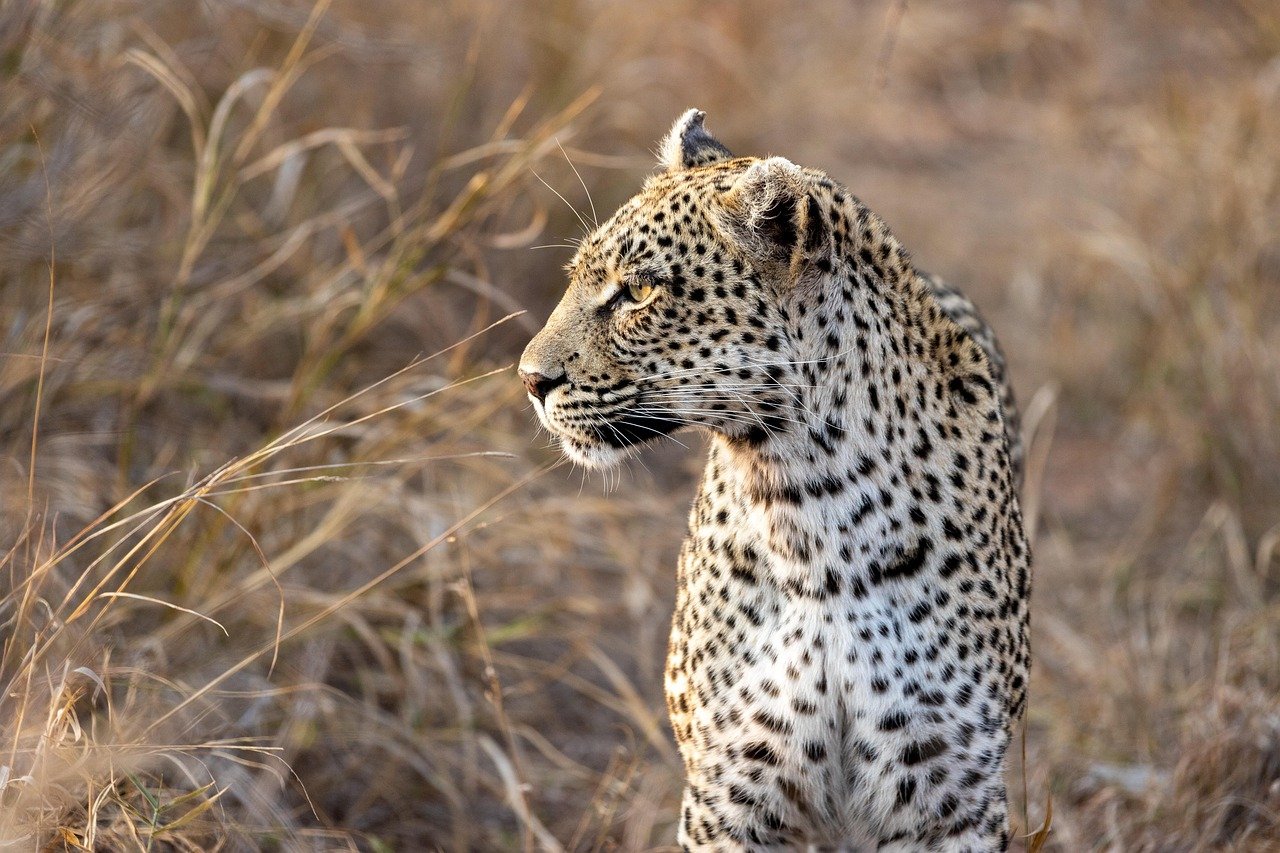
As cities expand, they encroach on the natural territories of many species, including leopards. Surprisingly, some leopards have begun to adjust to these changes, finding innovative ways to survive in urban settings. This adaptation is akin to a bird building its nest on a skyscraper – it’s unexpected yet fascinating. Leopards have been spotted navigating city streets, parks, and even residential areas, a testament to their resilience and adaptability.
Stealthy and Secretive: The Leopard’s Advantage
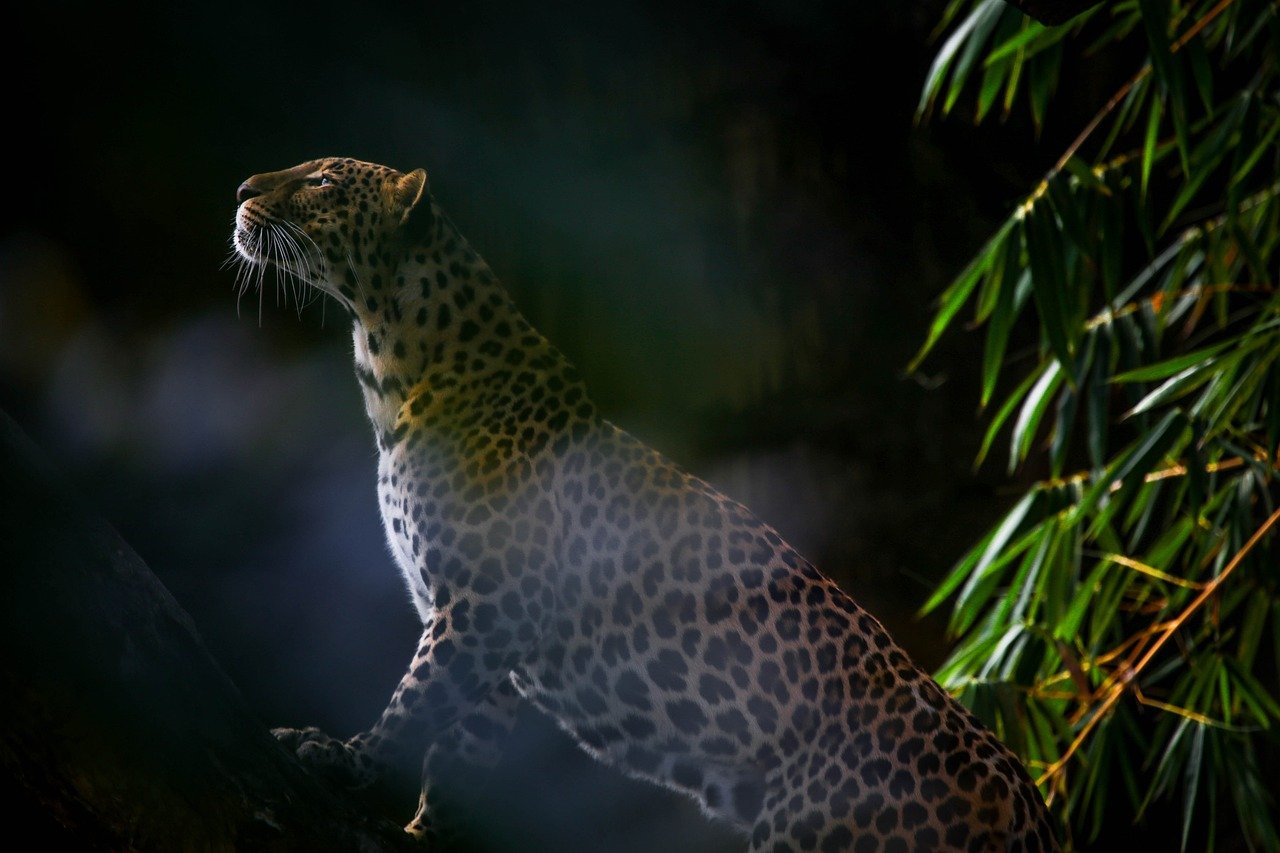
Leopards are naturally stealthy creatures, which gives them a distinct advantage in urban environments. Much like a ninja moving silently through the night, leopards use their innate skills to avoid detection by humans. Their ability to blend into the shadows and remain unnoticed allows them to hunt and travel through the city with minimal disturbance. This stealthiness is not only crucial for their survival but also ensures a peaceful coexistence with urban residents.
Dietary Adjustments: From Antelope to Alley Cats
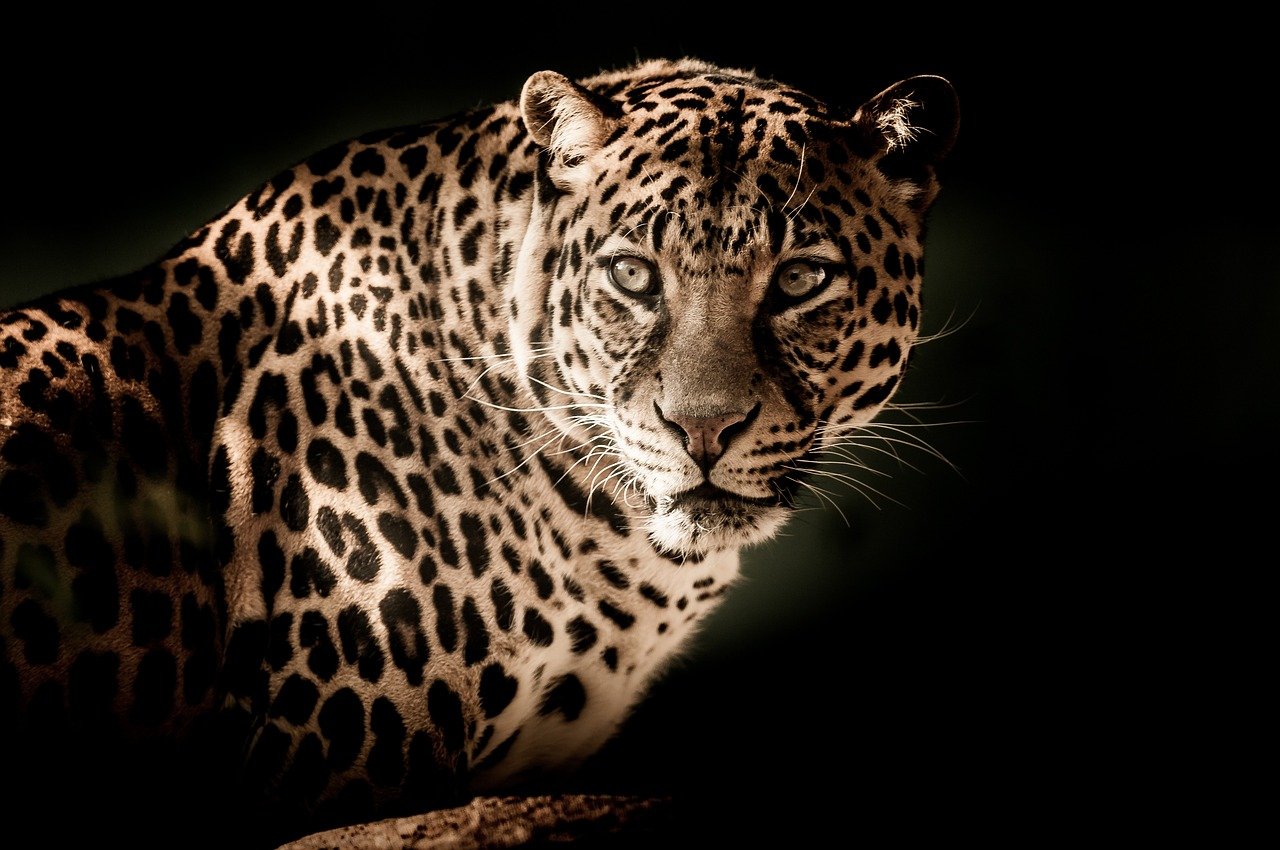
In the wild, leopards primarily hunt antelope and other medium-sized animals. However, in urban settings, their diet has shifted to include more readily available food sources. This might include rodents, stray dogs, and even refuse from human settlements. It’s similar to a person adjusting from a gourmet meal to a fast-food diet – not ideal, but it works. This dietary flexibility is a critical factor in the leopard’s ability to thrive in cities.
Night Owls: Embracing the Nocturnal Lifestyle

Urban leopards have become more nocturnal than their rural counterparts. By hunting and moving around during the night, they avoid human activity and reduce the risk of conflict. Imagine a city that never sleeps, where leopards become the night shift workers, quietly going about their business while most of us are asleep. This shift in behavior highlights their ability to adapt to the rhythm of urban life.
Urban Challenges: Navigating the Concrete Maze
Living in a city poses unique challenges for leopards. Unlike the open plains or dense forests, urban areas are filled with obstacles such as buildings, roads, and vehicles. Navigating this concrete maze requires a high level of intelligence and adaptability. It’s akin to a person learning to drive in heavy traffic – it takes time, patience, and skill. Leopards have shown remarkable ability to navigate these environments, further showcasing their resilience.
Human-Leopard Interactions: Striking a Balance
As leopards become more common in urban areas, interactions with humans are inevitable. These encounters can be both thrilling and frightening for city dwellers. It’s important for communities to find ways to coexist peacefully with these big cats. Much like living with a neighbor who has different habits, understanding and respect are key. Education and awareness campaigns can help reduce fear and promote harmony between leopards and humans.
Conservation Efforts: Protecting Urban Leopards
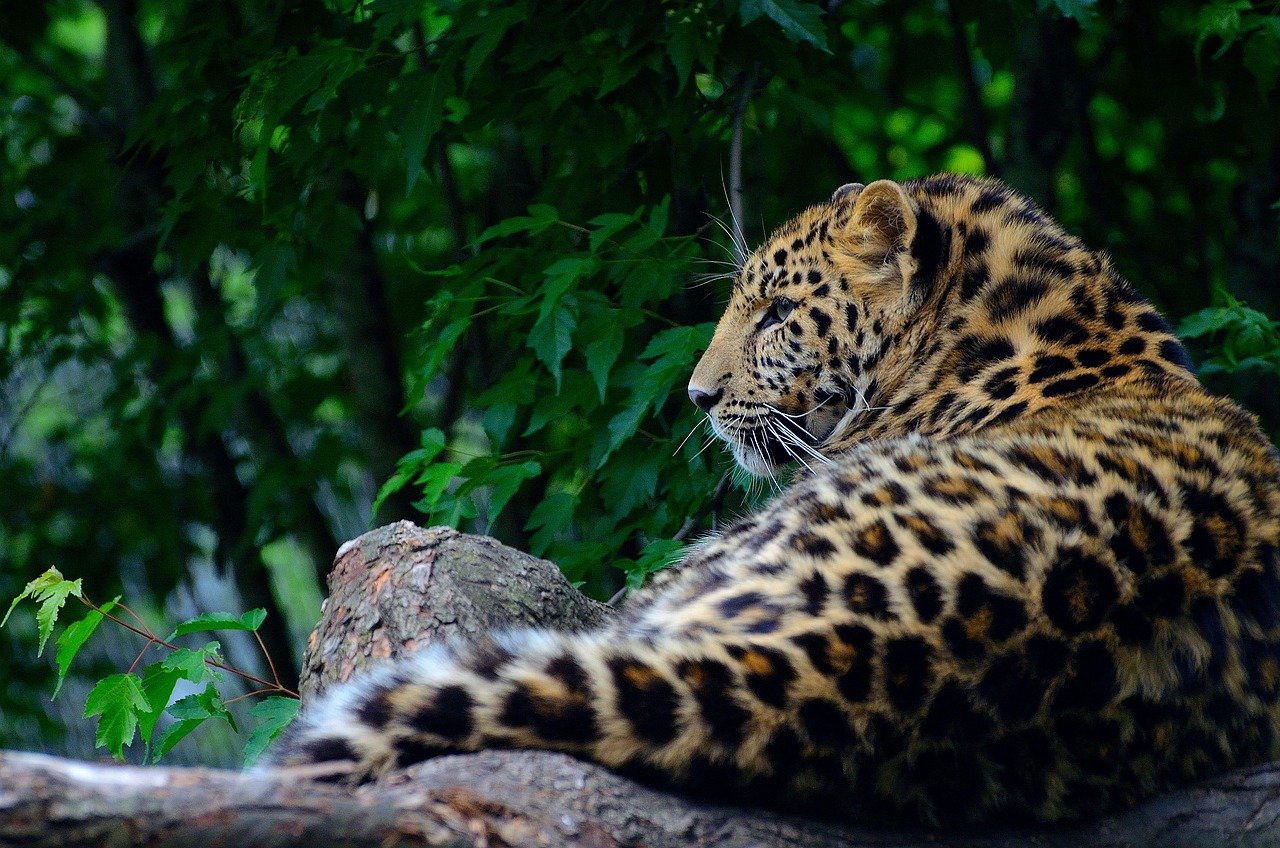
Conservationists are increasingly focusing on the protection of urban leopards. Efforts include creating safe corridors for movement, reducing human-wildlife conflict, and preserving natural habitats within cities. These measures are essential for ensuring the long-term survival of leopards in urban environments. Think of it as building a sanctuary within a bustling metropolis – a safe haven where leopards can thrive.
Technological Tools: Monitoring Urban Leopards
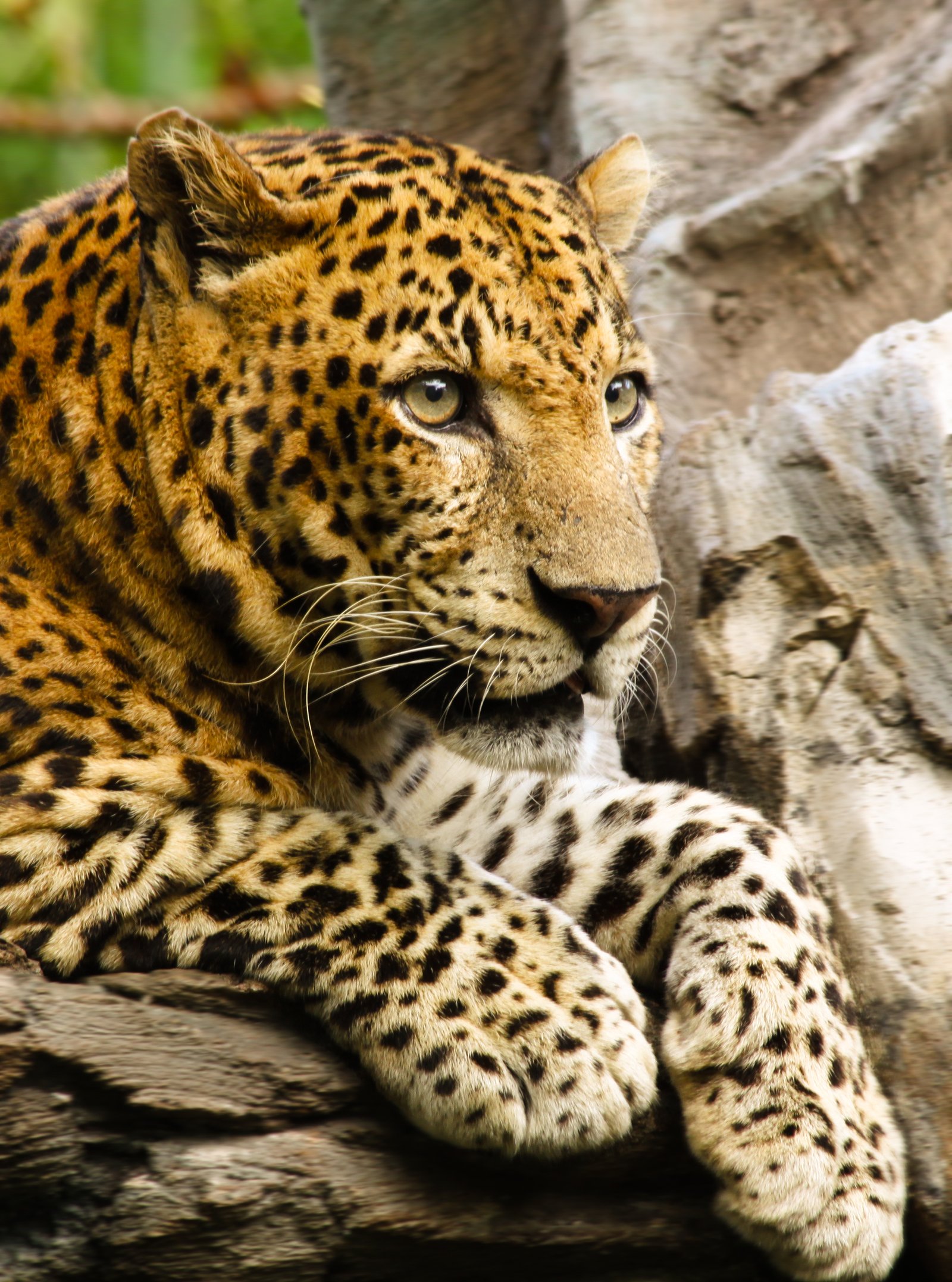
Technology plays a crucial role in studying and protecting urban leopards. Tools such as camera traps, GPS collars, and drones provide valuable data on leopard behavior and movement. This information helps researchers and conservationists develop strategies to support leopard populations. It’s like using a GPS to navigate a new city – technology provides the guidance needed to understand and manage these complex environments.
Community Involvement: Engaging Urban Residents
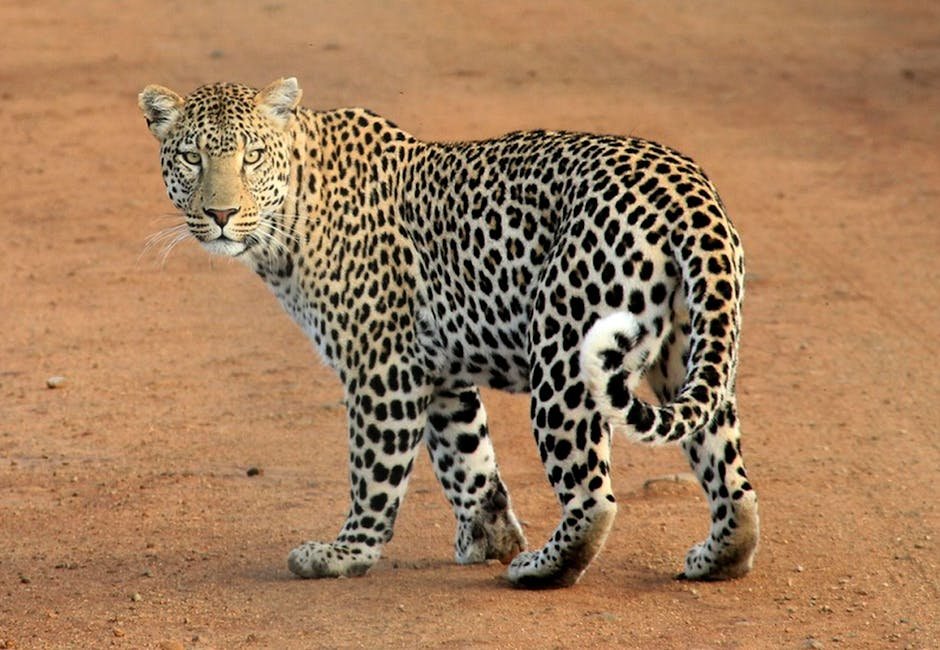
Engaging local communities is vital for the successful coexistence of leopards and humans. Residents can participate in citizen science projects, report leopard sightings, and support conservation initiatives. This involvement fosters a sense of stewardship and responsibility toward wildlife. Much like a neighborhood watch program, community involvement ensures a safer environment for both leopards and people.
Urban Planning: Integrating Wildlife Needs
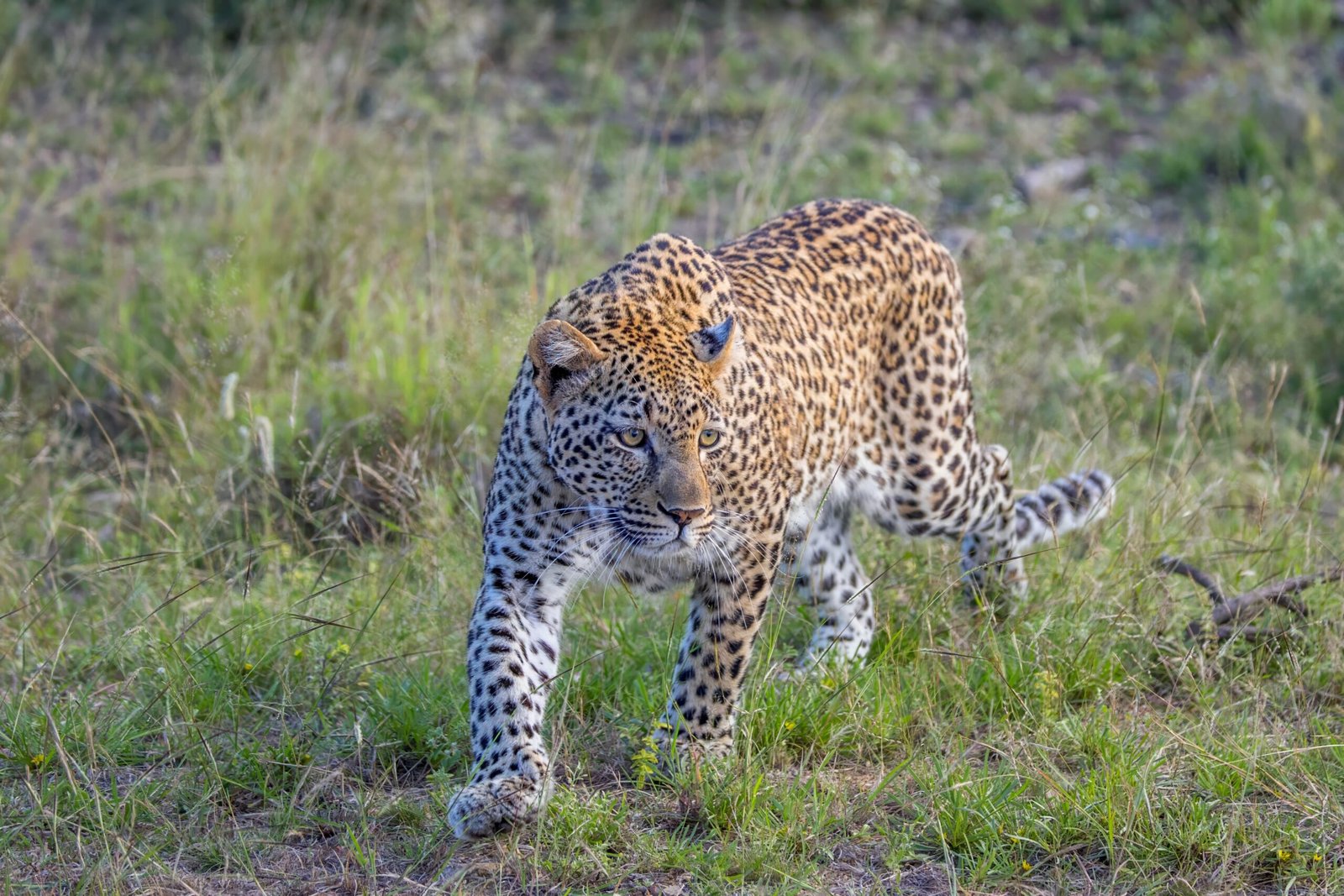
Urban planners have a role to play in creating cities that accommodate wildlife. Designing green spaces, wildlife corridors, and eco-friendly infrastructure can help reduce human-wildlife conflict. It’s like designing a home that meets the needs of all its inhabitants, ensuring a harmonious living space. By considering the needs of leopards and other wildlife, cities can become more inclusive and sustainable.
Education and Awareness: Changing Perceptions
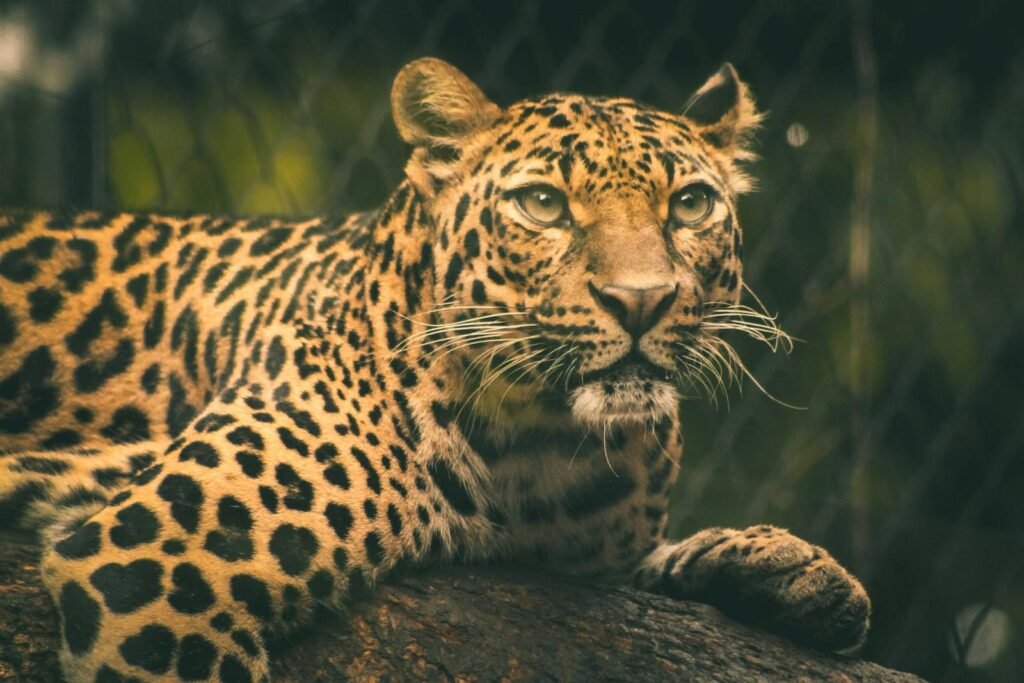
Changing public perceptions of leopards is crucial for their survival in urban areas. Education programs can help dispel myths and increase understanding of these magnificent creatures. Think of it as turning a scary story into a fascinating adventure – knowledge can transform fear into appreciation. By educating the public, we can promote a positive attitude toward leopards and other urban wildlife.
Scientific Research: Unraveling Leopard Behavior
Scientific research is essential for understanding leopard behavior in urban environments. Studies on their diet, movement patterns, and social interactions provide insights into how they adapt to city life. This research is like piecing together a puzzle, revealing the complex dynamics of urban ecosystems. The knowledge gained can inform conservation strategies and policy decisions.
Global Perspectives: Urban Leopards Worldwide
Leopards are not only adapting to urban areas in one region, but this phenomenon is occurring worldwide. Cities in India, Africa, and other parts of the world are witnessing the rise of urban leopards. This global perspective highlights the adaptability of leopards and the universal challenges of urbanization. It’s like a global trend, where cities everywhere are becoming new habitats for these remarkable animals.
Challenges and Opportunities: The Future of Urban Leopards
The rise of urban leopards presents both challenges and opportunities. While urban environments pose risks, they also offer new possibilities for conservation and coexistence. Much like the dual nature of city life, the urban landscape presents both hurdles and hopes for leopards. Addressing these challenges requires collaboration, innovation, and a commitment to finding solutions.
Wildlife Corridors: Connecting Habitats
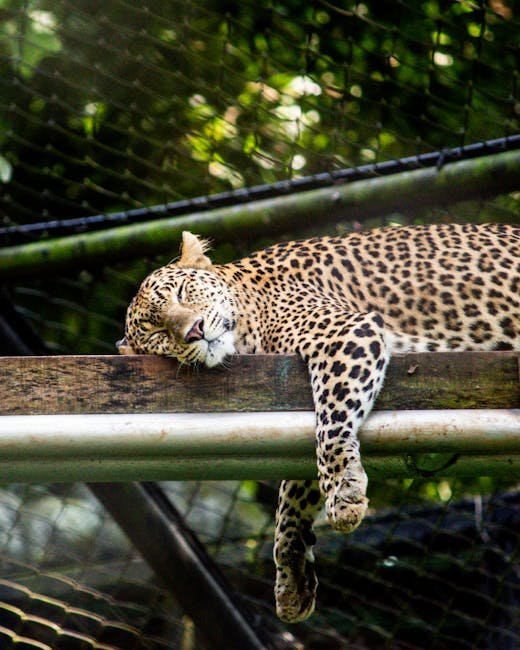
Creating wildlife corridors is a critical strategy for supporting urban leopards. These corridors allow leopards to move safely between green spaces, reducing the risk of conflict with humans. Think of these corridors as wildlife highways, providing safe passage through the urban jungle. By connecting habitats, we can support the natural behaviors and migration patterns of leopards.
Leopards and Ecosystem Services: A Vital Role
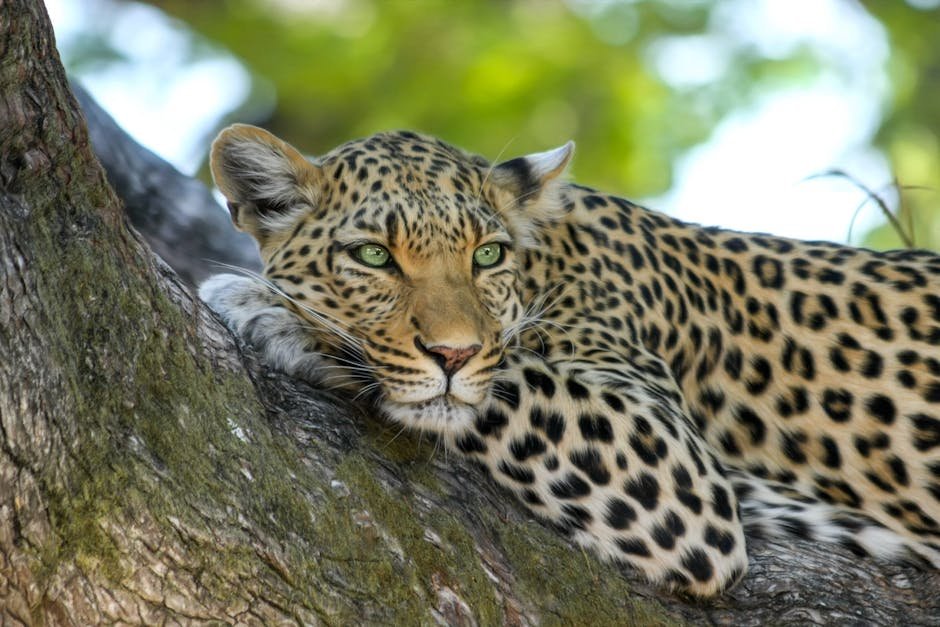
Leopards play a vital role in maintaining the health of ecosystems, even in urban areas. As apex predators, they help control prey populations and maintain ecological balance. It’s like having a natural pest control service, keeping the ecosystem in check. Recognizing the ecosystem services provided by leopards can enhance appreciation and support for their conservation.
Collaborative Efforts: Working Together for Leopard Conservation
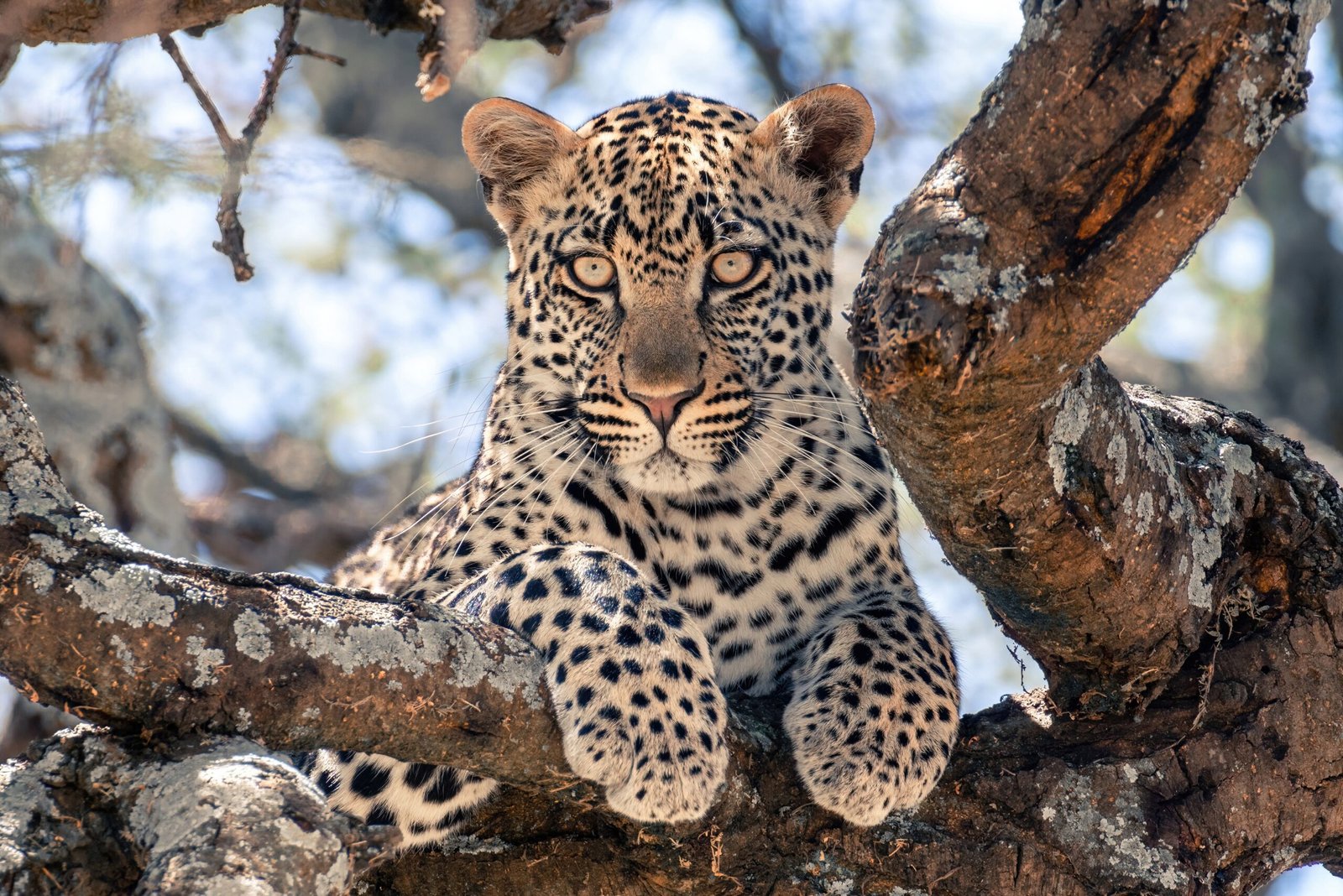
Collaboration between governments, conservation organizations, and communities is essential for leopard conservation. Working together, these stakeholders can develop and implement effective strategies to support urban leopards. It’s like a team effort, where everyone plays a part in achieving a common goal. By joining forces, we can create a brighter future for leopards in urban landscapes.
Leopard Stories: Inspiring Tales from the Urban Wild
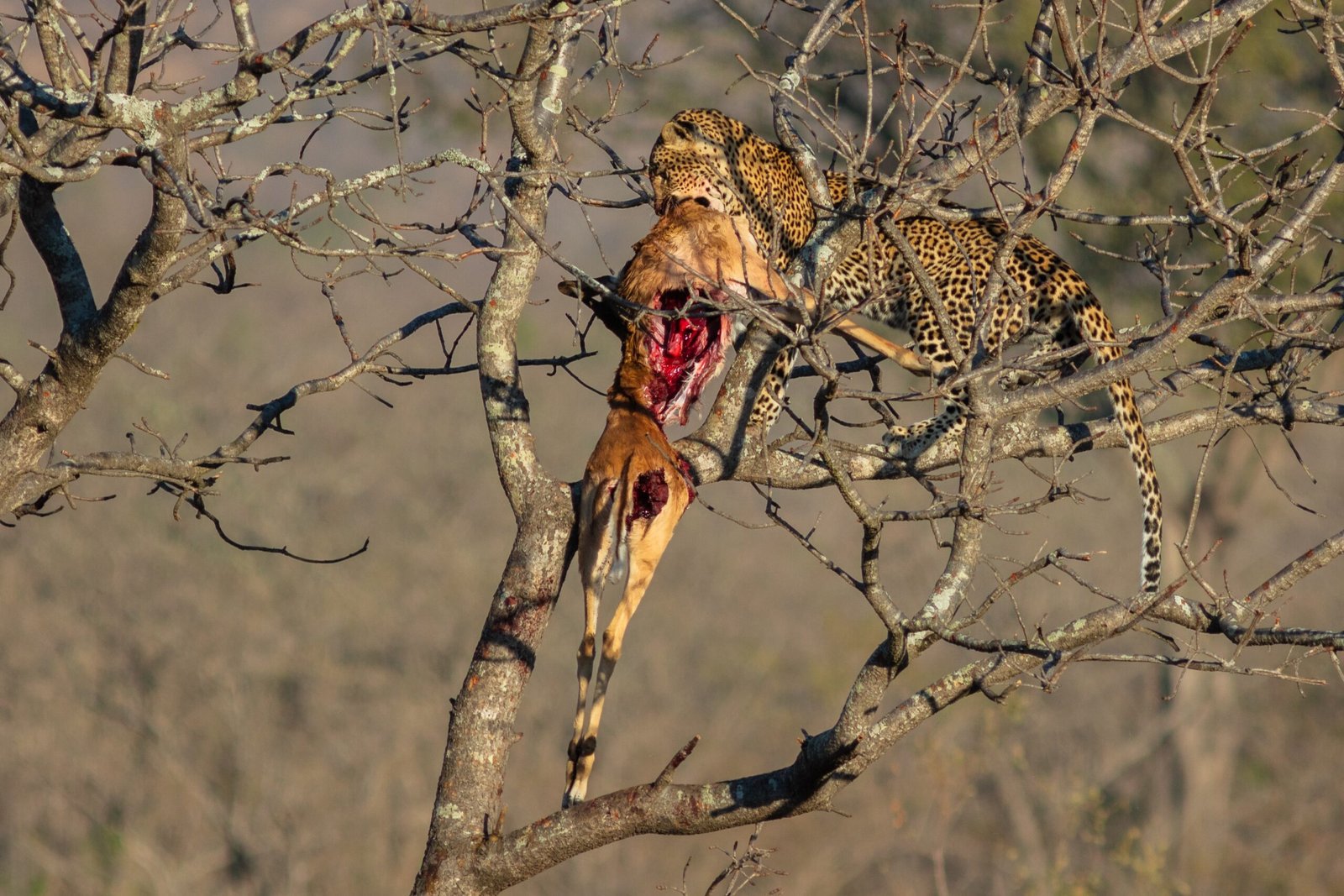
Stories of urban leopards are both inspiring and educational. These tales provide a glimpse into the lives of leopards navigating the challenges of city life. Much like a captivating novel, leopard stories capture the imagination and highlight the resilience of these remarkable animals. Sharing these stories can inspire others to appreciate and protect urban wildlife.
The Journey Ahead: Embracing Coexistence
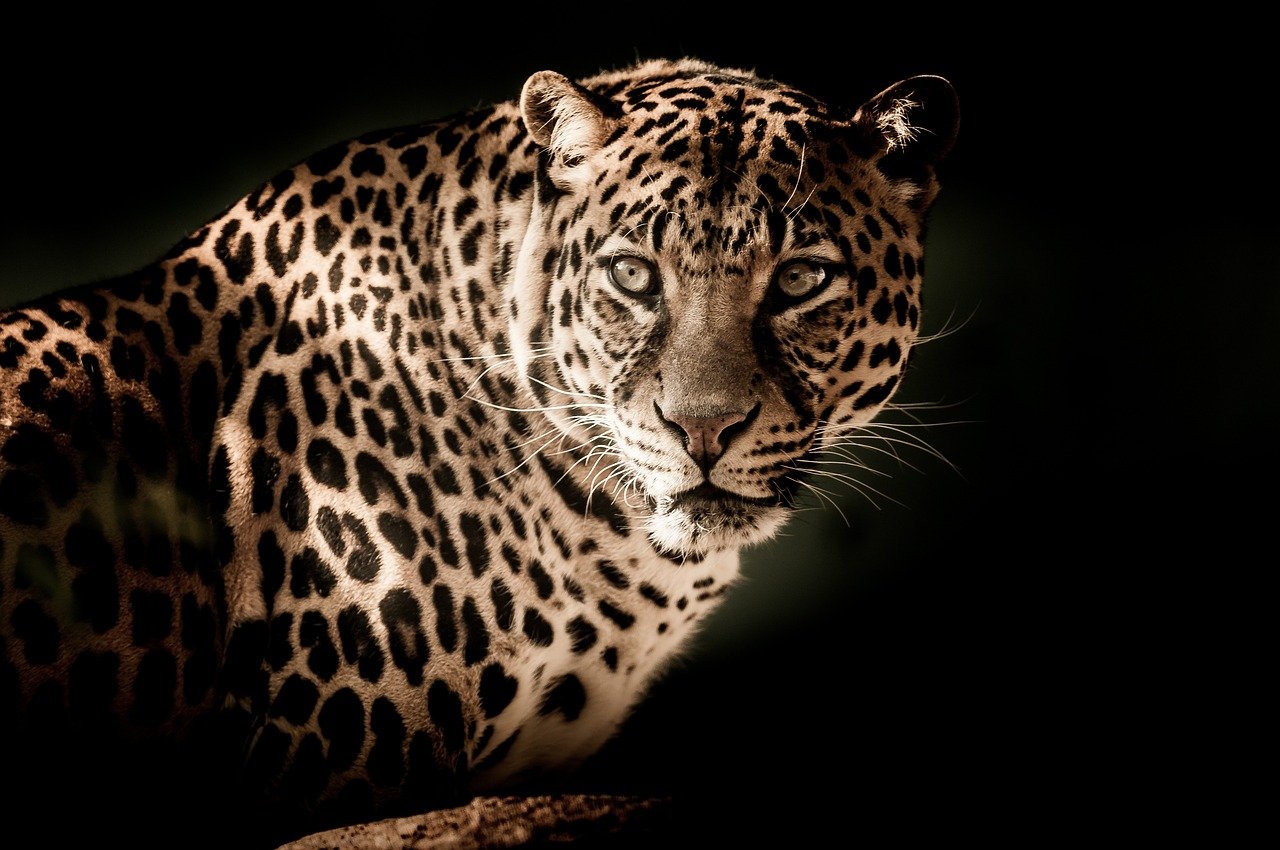
As urbanization continues, the journey of leopards in cities is an unfolding story. Embracing coexistence requires understanding, compassion, and a commitment to conservation. It’s like embarking on a journey with an unknown destination, where each step brings new discoveries and opportunities. By working together, we can ensure that leopards continue to thrive in urban environments, enriching our lives and ecosystems.
Hi, I’m Bola, a passionate writer and creative strategist with a knack for crafting compelling content that educates, inspires, and connects. Over the years, I’ve honed my skills across various writing fields, including content creation, copywriting, online course development, and video scriptwriting.
When I’m not at my desk, you’ll find me exploring new ideas, reading books, or brainstorming creative ways to solve challenges. I believe that words have the power to transform, and I’m here to help you leverage that power for success.
Thanks for stopping by, Keep coming to this website to checkout new articles form me. You’d always love it!






